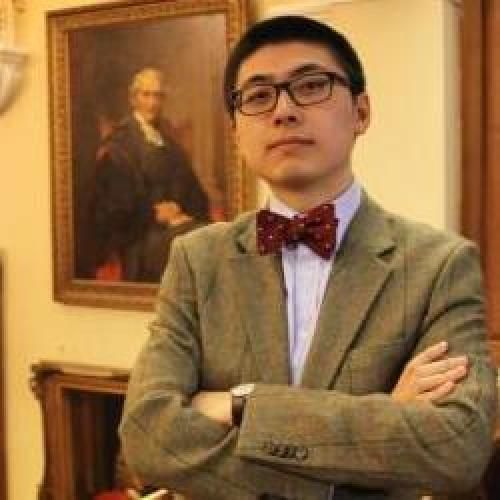Overview
Kent Cao is a specialist in art and archaeology of early China with a broad interest in the cultural interconnections within Eurasia. From art historical and technical perspectives, his first monograph manuscript examines the rise of indigenous bronze industry in the Yangtze River region in south China between the 14th and the 9th century BCE. In the 15th century BCE, the Erligang state expanded from the Central Plain in north China, and along the way disseminated its highly established bronze art and metallurgy. Understanding how the Yangtze societies digested this foreign art form and independently developed its own bronze practice enables us to rethink the formation of China from a frontier perspective. This research project also contributes to our theoretical modelling of how the transmission of ideas and technologies occurred transregionally in early complex societies.
Kent Cao’s next book project explores the revival of bronze archaism and antiquarianism in Song China and Kamakura Japan. This book aims to offer a multivalent account of the synergy of political aspirations, ritual prestige and artistic renaissance in Medieval East Asia.
Together with colleagues in physics, electric engineering, and media art, Kent Cao explores digital humanities with applications of interdisciplinary methods in humanities research. He was a member of Ancient Art and Higgs Boson: Non-destructive Muon Imaging, a cutting-material collaboration between the Department of Physics, Princeton University and the Princeton University Art Museum. Currently, he is working on automated algorithmic modelling to reconstruct artifacts from sherds and debris. Another ongoing project co-chaired by Kent Cao investigates the interrelations between object form, metallic strength, and alloy compositions of ancient bronzes through computational simulations.
Kent Cao has a Ph.D. in East Asian Art and Archaeology from Princeton University, an M.St. in Archaeology from the University of Oxford, and he read Archaeology and Anthropology at University College London and the London School of Economics and Political Science. His work has been supported by the Smithsonian, Henry Luce Foundation, Getty Research Institute, and American Council of Learned Societies.

